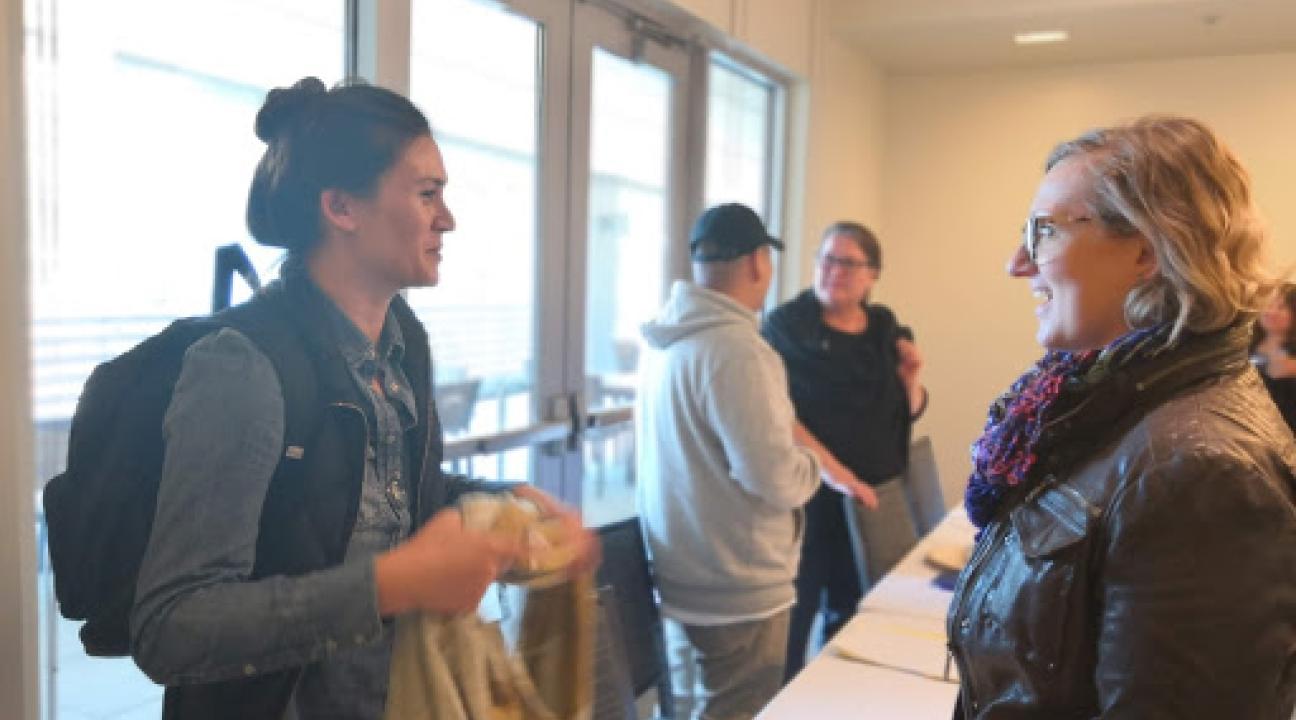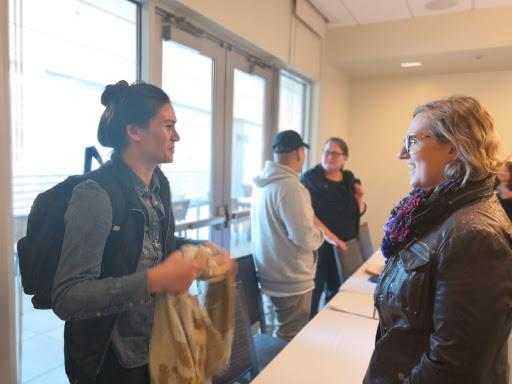Deepening Reflection and Learning Workshop
“I find that reflection is vital because it helps expand student’s engagement with the material and using different techniques can help them see that there is a diversity of opinions and perspectives that they need to be aware of” said Dr. Susan Campbell at the Deepening Reflection and Learning workshop. Dr. Campbell was one of the facilitators that gave some tips on how to see whether service-learning is effective or not, through student’s responses and reflection. She also talked about how incorporating reflection in the classroom is essential, as it allows professors to guide and assess student learning.
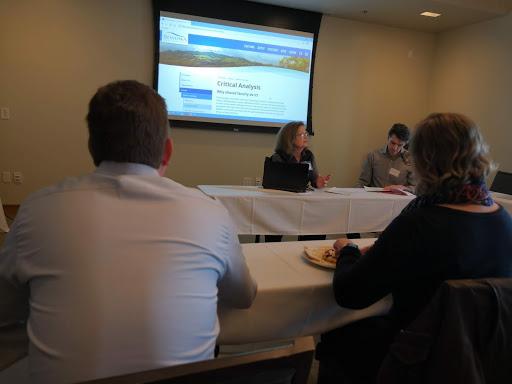
Faculty eat lunch and listen to Susan Campbell and Michael
Cohen lead the Deepening Reflection & Learning Workshop.
Faculty attended this event ready to discuss and learn about different reflection techniques and how they can deepen reflection from students. This workshop was a great opportunity for faculty and staff to learn from each other and share their ideas since we are all working towards the same goal. As a student, it was very interesting to hear how professors are trying to educate their students and the way they are going about it.
In the second part of the workshop, Dr. Michael Cohen discussed the analytical aspect of reflection and how efficient it really is. “Reflection in the context of service-learning is the critical assessment of the project's impact on the community partner. It brings the students face-to-face with the question: "Did we help?" said Dr. Cohen. We looked at the numbers to see how much of an impact these techniques can have on students and why it’s important for us to continue to use reflection. Dr. Cohen also showed us the research he had that compared learning with reflection vs learning without reflection. He talked about his experience with reflection and how he incorporates it in his microbiology service-learning class. Some of the benefits of using reflection he mentioned are that “it gives students a chance to objectively stand back from the project to determine what went right and what went wrong and they will ideally incorporate reflection into future projects they conduct in their academic and professional careers.”
One reflection technique discussed in the workshop was Graffiti, a way for students to make a public but anonymous response to a topic. “When students walk around and read each other’s and their own reflections, that helps them expand their engagement with the material because they realize there are different perspectives,” said Dr. Campbell. “I like the idea of students getting up and going around to write on the board, I find that doing this technique works really well when students write what they’re thinking, and it also is great visual check for me to see where the students are with their service-learning” said Erica Tom, faculty participant.
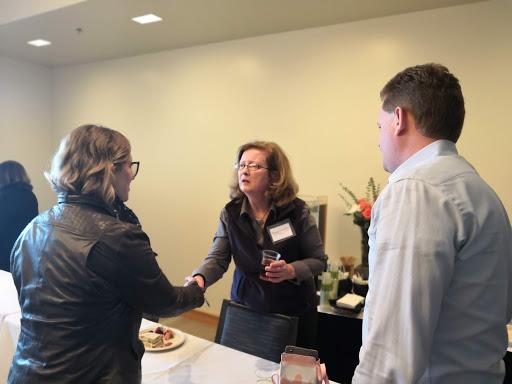
Susan Campbell talks with Jennifer Johnson and Bryan Burton
after the Deepening Reflection & Learning Workshop.
Other techniques were the ABC method, the What? So What? Now What? method, and the Take a Stand method. These techniques are very efficient because this way students can reflect and share their knowledge. The What? So What? Now What? method for example, can be a written assignment, art project, 3-panel poster presentation, discussion, or a combination and it provides a structure for critical analysis. Overall, the event was a success as we had a lot of people attend and benefit from this workshop.
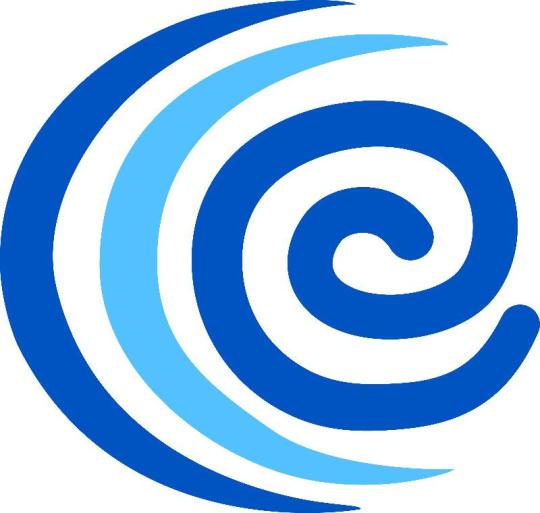
Author: Guest Blogger


